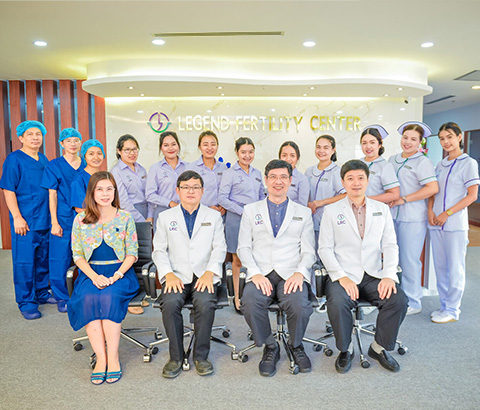MedicallyAssistedReproductiveTechnology(MAR)hasbeenaroundformanyyearsandhasmadeagreatcontributiontohelpingpeoplewithfertilityissuesbecomeparents.Howev
Medically Assisted Reproductive Technology(MAR)has been around for many years and has made a great contribution to helping people with fertility issues become parents. However, the success rate of MAR depends heavily on the technique used. In Thailand, the second-generation of In Vitro Fertilization(IVF)has recently failed to achieve desired results, causing much distress and discouragement to those seeking infertility treatments.
So why has the success rate of the second-generation of IVF been so low? There are several theories to explain this situation. One possible explanation is that the egg donation method employed by the IVF team in Thailand was not the most up-to-date. Unlike in other countries, the eggs used in the process are often not fresher and have aged in the refrigerator, resulting in poorer rates of survival of the embryos. In addition, inadequate preparation time is also believed to have reduced the success rate as it is necessary to ensure that all the conditions are just right for the process to be effective.

Secondly, it has been suggested that the lack of proficiency on the part of the embryologist in charge of the project may be at fault. An experienced embryologist needs a high level of accuracy and skill in order to ensure that all the necessary steps are taken in the correct order and within the required timeframe, which is essential for a successful IVF treatment. However, in the Thai case, it appears that the embryologist may not have had the appropriate level of mastery of the process.
Finally, it may also be that the incubator used did not provide the ideal environment for the embryos to flourish. Advancements in medical technology have enabled modern incubators to have precise internal temperatures and humidity levels, as well as being able to monitor and adjust as needed to sustain the perfect growing environment. In contrast, the incubator used in this case may have been inadequate, resulting in a poor environment for the embryos to grow in.
Overall, the failure of the second generation of IVF in Thailand appears to be a result of the combination of outdated egg donation techniques, insufficient preparation time, the lack of expertise on the part of the embryologist, and inadequate incubator conditions. This highlights the necessity for IVF specialists to ensure that all the necessary measures are taken to secure the best possible outcome. For those who have been affected by this failure, there may still be hope in the form of more modern technologies, such as the third-generation of IVF that has been successful in achieving high rates of pregnancy in other countries.




















 試管微信
試管微信
